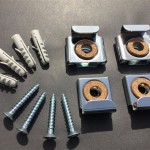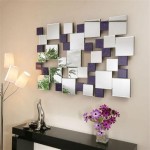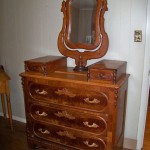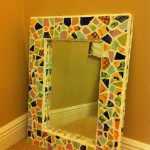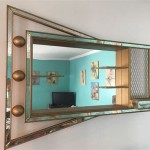Mirror Mastic Removal
Mirror mastic, a strong adhesive used to secure mirrors to walls, can become a challenge to remove during renovations or replacements. Improper removal can damage the wall, the mirror, or even result in injury. Understanding the properties of the adhesive and utilizing the correct tools and techniques are crucial for successful and safe mastic removal.
Assessing the Situation
Before beginning the removal process, assess the type of wall and the size of the mirror. Drywall requires different handling compared to plaster or tile. Larger, heavier mirrors will require more support and potentially specialized tools. Identifying the specific type of mastic used, if possible, can also inform the removal strategy as some mastics are solvent-based while others are water-based.
Gathering Necessary Tools and Materials
Having the right tools and materials on hand is essential for efficient and damage-free removal. These may include safety glasses, work gloves, a putty knife, a razor blade scraper, wire cutters, pliers, masking tape, drop cloths, a heat gun or hair dryer, solvent (if applicable), and a hammer.
Protecting the Surrounding Area
Preparation is key to minimizing cleanup and preventing damage to the surrounding area. Cover the floor and any nearby furniture with drop cloths. Masking tape can be used to protect adjacent wall sections from accidental scratches or solvent spills. Wearing safety glasses and work gloves is crucial for protecting against flying debris and sharp tools.
Weakening the Mastic
Mastic often becomes brittle over time. Heating the adhesive can soften it and make it easier to remove. A heat gun or hair dryer can be used to apply heat to small sections of the mastic at a time. Caution should be exercised to avoid overheating the mirror, which could cause it to crack. For certain types of mastic, a specific solvent may be recommended by the manufacturer. Always follow the manufacturer's instructions and ensure adequate ventilation when using solvents.
Separating the Mirror from the Wall
Once the mastic is sufficiently softened, begin carefully separating the mirror from the wall. A thin, flexible putty knife or a razor blade scraper can be inserted between the mirror and the wall to break the bond. Work slowly and methodically, applying gentle pressure to avoid cracking the mirror or damaging the wall. For larger mirrors, using suction cups or specialized mirror lifting tools can provide additional support and control during removal.
Removing Residual Mastic
After the mirror is removed, residual mastic will likely remain on the wall. A putty knife or scraper can be used to remove the bulk of the adhesive. For stubborn residue, a solvent may be necessary. Always test the solvent on an inconspicuous area of the wall first to ensure it doesn’t damage the finish. Steel wool can also be used to scrub away remaining mastic, but it may scratch some surfaces, so proceed with caution.
Repairing the Wall
Once the mastic is removed, the wall surface may require repairs. Minor imperfections can be filled with spackle or joint compound. Larger areas of damage may require patching or even replacing a section of drywall. After the repairs are complete, the wall should be sanded smooth and primed before painting or applying a new wall covering.
Disposing of Materials
Dispose of the old mirror and mastic according to local regulations. Broken mirror pieces should be wrapped carefully to prevent injury. Solvent-soaked rags should be allowed to dry completely in a well-ventilated area before disposal. Check local waste management guidelines for specific instructions on disposal of chemical solvents.
Alternative Removal Methods
For particularly stubborn mastic or in situations where minimizing wall damage is paramount, consider using a specialized mirror removal tool. These tools often utilize thin wires that are slid behind the mirror to cut through the adhesive. While these tools can be effective, they require careful handling to avoid scratching the mirror or the wall.

How To Remove A Mirror Glued The Wall Forbes Home

Remove Adhesive Black Mastic From Back Of Mirror

How To Remove Super Glue From A Mirror For Better Reflection

How To Remove A Mirror Glued The Wall With Mastic

How To Remove A Mirror Glued The Wall With Mastic

How To Remove A Bathroom Mirror Lowe S
How To Remove Tar Like Adhesive On Drywall After Removing Mirror Diy Home Improvement Forum

How To Remove A Mirror Glued The Wall With Mastic

How To Remove A Mirror Glued The Wall With Mastic

How To Remove A Mirror Glued The Wall With Mastic

